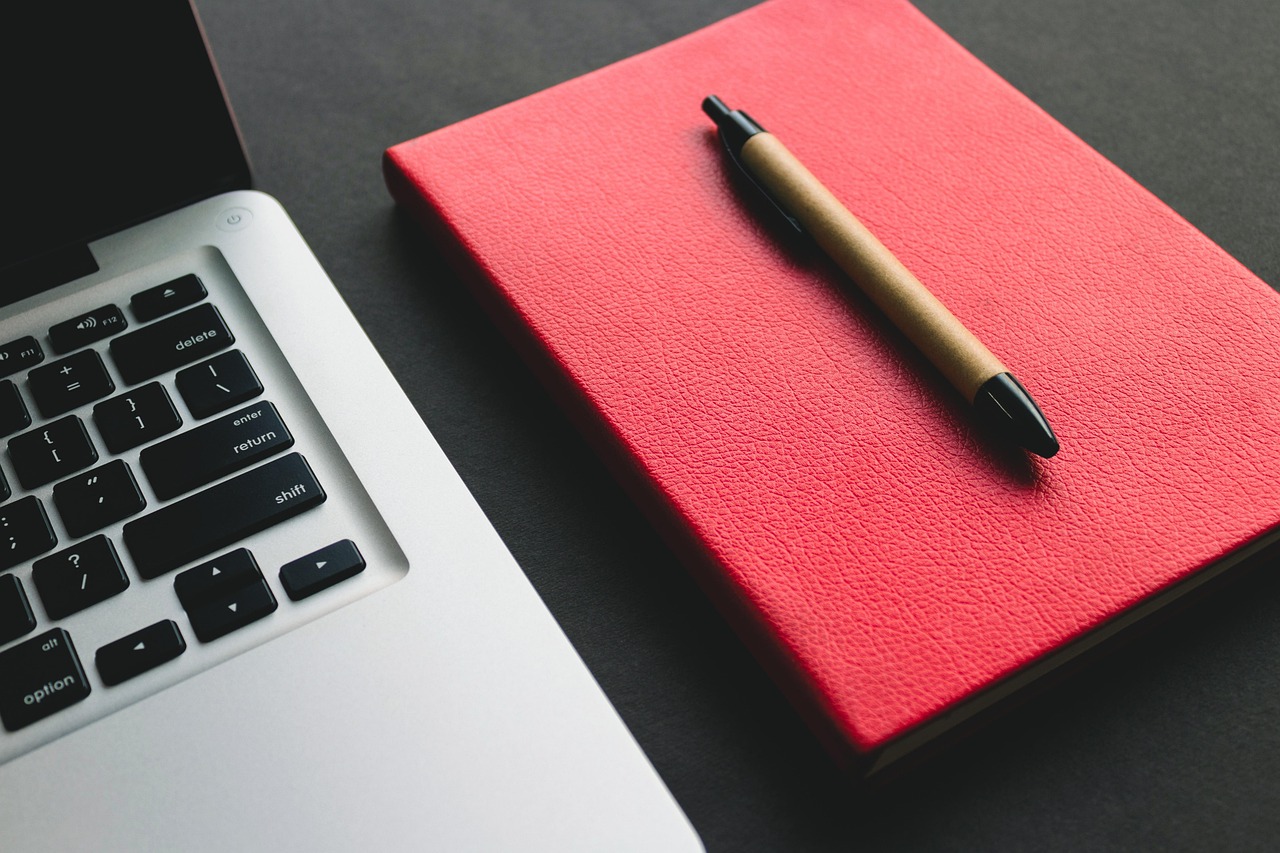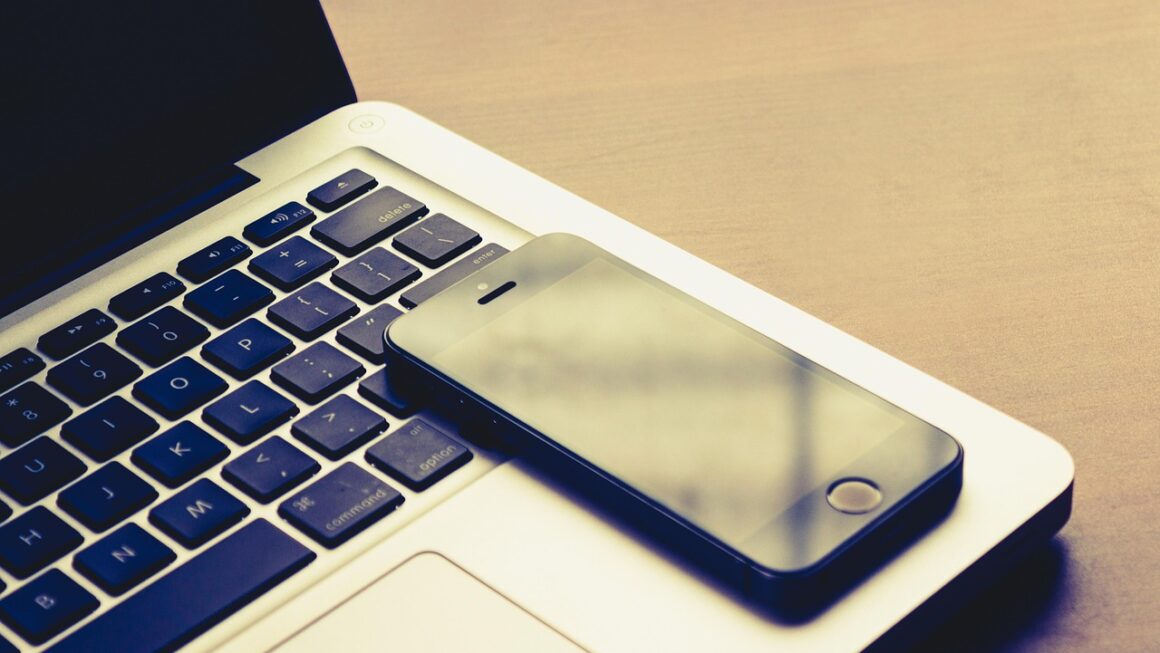Imagine a world where designing stunning visuals, user-friendly interfaces, and compelling marketing materials becomes dramatically easier and faster. That future is now, powered by AI design tools. These innovative platforms are revolutionizing the creative process, offering designers and non-designers alike the ability to generate impressive results with minimal effort. This blog post delves into the exciting realm of AI design, exploring its capabilities, benefits, and the top tools shaping the future of design.
What are AI Design Tools?
AI design tools leverage artificial intelligence, machine learning, and deep learning algorithms to automate and enhance various aspects of the design process. They range from simple image enhancement tools to sophisticated platforms capable of generating entire website layouts based on user input. The goal is to streamline workflows, unlock creative potential, and make design more accessible to everyone.
Understanding the Core Technologies
- Artificial Intelligence (AI): The overarching field that enables machines to mimic human intelligence.
- Machine Learning (ML): A subset of AI where algorithms learn from data without explicit programming.
- Deep Learning (DL): A type of machine learning that uses artificial neural networks with multiple layers to analyze data and make decisions.
These technologies allow AI design tools to:
- Analyze design patterns: Identify successful design elements and trends.
- Generate design options: Create multiple design variations based on user preferences.
- Automate repetitive tasks: Handle mundane tasks like image resizing, background removal, and color palette selection.
- Provide design suggestions: Offer real-time feedback and recommendations for improvement.
Who Benefits from AI Design Tools?
AI design tools are beneficial to a wide range of users:
- Professional Designers: Can automate time-consuming tasks, explore new creative directions, and improve efficiency.
- Marketers: Can quickly create visually appealing marketing materials, social media graphics, and website assets.
- Entrepreneurs and Small Businesses: Can create professional-looking designs without hiring a dedicated designer.
- Non-Designers: Can easily create visuals for presentations, reports, and personal projects.
The Benefits of Using AI in Design
Incorporating AI into your design workflow can unlock numerous advantages, significantly impacting both efficiency and creative output.
Increased Efficiency and Productivity
One of the most significant benefits of AI design tools is their ability to automate repetitive tasks, freeing up designers to focus on more strategic and creative aspects of their work.
- Automation of Tedious Tasks: AI can handle tasks such as image resizing, background removal, color correction, and generating design mockups automatically.
- Faster Iteration: AI allows for rapid generation of design variations, enabling designers to quickly explore different options and refine their concepts.
- Improved Workflow: By streamlining the design process, AI tools can reduce project timelines and improve overall productivity.
- Example: Imagine a designer needing to create 50 different banner ads for a marketing campaign. Using an AI design tool, they can input the core design elements and specifications, and the AI can generate all 50 banners in a fraction of the time it would take to do manually.
Enhanced Creativity and Inspiration
AI can serve as a powerful tool for sparking creativity and generating fresh ideas. By analyzing vast amounts of design data, AI algorithms can identify trends, suggest innovative design elements, and offer unexpected perspectives.
- Idea Generation: AI can provide a range of design suggestions based on user input and preferences, helping designers overcome creative blocks.
- Trend Analysis: AI can analyze design trends across various platforms and industries, providing valuable insights for staying ahead of the curve.
- Exploration of New Styles: AI can help designers experiment with different design styles and techniques, expanding their creative repertoire.
- Example: A designer struggling to come up with a unique logo concept can use an AI logo generator. By inputting information about the company and its values, the AI can generate a variety of logo options, providing a starting point for further development.
Cost Reduction
By automating tasks, improving efficiency, and reducing the need for manual labor, AI design tools can help organizations significantly reduce design-related costs.
- Reduced Labor Costs: Automation reduces the need for extensive manual design work, lowering labor costs.
- Faster Project Completion: Improved efficiency translates to faster project completion times, reducing overall project costs.
- Accessibility for Small Businesses: AI tools make professional-quality design accessible to small businesses and entrepreneurs who may not have the budget for a dedicated designer.
- Example: A small business owner who needs to create marketing materials can use an AI-powered design platform to create professional-looking graphics without hiring a graphic designer.
Popular AI Design Tools in the Market
The AI design landscape is rapidly evolving, with new tools and features constantly emerging. Here are some of the most popular and promising AI design tools currently available:
Image Generation and Editing
- Midjourney: A powerful AI art generator that creates stunning and photorealistic images from text prompts. Users can fine-tune their prompts to achieve highly specific results. Example: Generating a hyperrealistic image of a futuristic cityscape based on the prompt “A futuristic cityscape at sunset, cyberpunk style, neon lights, towering skyscrapers.”
- DALL-E 2 (OpenAI): Another popular AI image generator capable of creating realistic images and art from natural language descriptions. It also offers editing capabilities for refining generated images. Example: Creating a picture of “a cat wearing a hat and sunglasses” and then editing the image to change the color of the hat.
- Adobe Photoshop with AI (Sensei): Adobe Photoshop incorporates AI-powered features like “Neural Filters” for tasks such as skin smoothing, style transfer, and sky replacement. Example: Using the “Sky Replacement” tool to seamlessly replace a dull sky in a landscape photo with a dramatic sunset.
Logo and Branding
- Looka: An AI-powered logo maker that generates logo designs based on user input about their brand, industry, and preferences. It also offers branding guidelines and marketing materials. Example: A user can input their company name, industry (e.g., “Technology”), and preferred design style (e.g., “Modern”) to generate a range of logo options.
- Tailor Brands: Another platform that uses AI to generate logos and branding materials, including website designs, social media templates, and business cards. Example: After creating a logo, a user can use Tailor Brands to generate a matching website design and social media templates, ensuring brand consistency.
Web Design
- Designs.ai: An AI-powered platform that offers a suite of tools for creating logos, videos, banners, and mockups. It also provides an AI website builder that generates website layouts based on user input. Example: A user can input their business information and desired website features, and Designs.ai will generate a complete website design, including content and imagery.
- Uizard: A UI design tool that uses AI to generate design mockups from hand-drawn sketches or screenshots. It also offers features for prototyping and user testing. Example: A designer can sketch a rough wireframe of a mobile app on paper, take a photo of it, and upload it to Uizard, which will then generate a digital mockup that can be further refined.
Ethical Considerations and Challenges
While AI design tools offer numerous benefits, it’s important to address the ethical considerations and challenges associated with their use.
Copyright and Ownership
- Determining Ownership: Who owns the copyright to designs generated by AI? Is it the user, the AI developer, or a combination of both?
- Avoiding Copyright Infringement: AI models are trained on vast datasets of existing designs. How can we ensure that the generated designs do not infringe on existing copyrights?
- Transparency and Attribution: Should designs generated by AI be labeled as such? How can we ensure transparency and proper attribution when AI is involved in the design process?
Job Displacement
- Impact on Design Professionals: Will AI design tools lead to job displacement for designers?
- Adapting to the Changing Landscape: How can designers adapt to the changing landscape by embracing AI tools and focusing on more strategic and creative roles?
- Upskilling and Reskilling: What training and resources are needed to help designers acquire the skills necessary to work alongside AI?
Bias and Fairness
- Bias in Training Data: AI models are trained on data, and if that data contains biases, the AI will perpetuate those biases in its designs.
- Ensuring Fairness: How can we ensure that AI design tools are fair and do not discriminate against certain groups or demographics?
- Diverse Representation: How can we promote diversity and inclusivity in AI-generated designs?
The Human Element
- Maintaining Creativity and Originality: How do we ensure that AI tools don’t stifle human creativity and lead to homogenization of design?
- The Importance of Human Intuition: AI can automate many tasks, but it cannot replicate human intuition, empathy, and critical thinking.
- Collaboration between Humans and AI:* The future of design likely involves a collaborative relationship between humans and AI, where humans leverage AI tools to enhance their creativity and productivity.
Conclusion
AI design tools are rapidly transforming the creative landscape, offering designers and non-designers alike unprecedented opportunities to create visually stunning and engaging content. By automating tedious tasks, enhancing creativity, and reducing costs, AI is democratizing design and making it more accessible to everyone. While ethical considerations and challenges remain, the potential benefits of AI in design are undeniable. Embracing these tools and adapting to the changing landscape will be crucial for success in the future of design.




